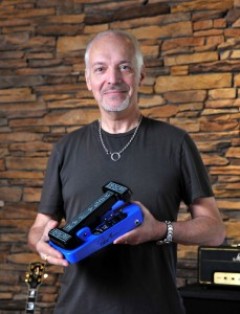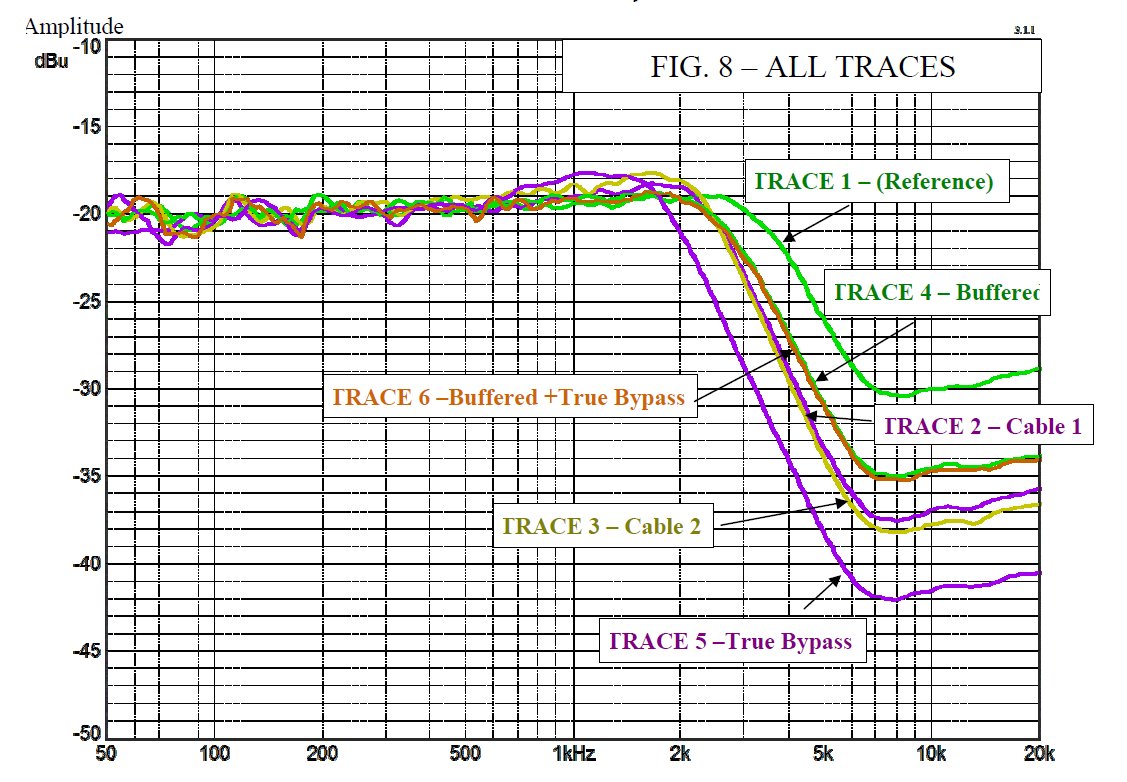
True Bypass Study Results
Our tests confirm what many people have already figured out—that True Bypass typically degrades, rather than preserves, the tone of a guitar signal. Furthermore, using a gig-fx pedal at the beginning of the chain will actually improve the overall response.
The reference trace (using short jumpers instead of cables) shows the frequency characteristics of
the guitar going directly into a guitar amp. As seen here, a guitar pickup’s high frequency roll-off
typically starts between 2KHz and 3KHz. Inserting a typical good quality cable is seen to
reduce the guitar’s bandwidth by almost 1/3, and combining two cables using a True Bypass
reduces it by almost 1/2! This will kill many of the harmonics and could make a guitar sound dull.
Generally, one can correct for the first cable (effect input) by adjusting tone controls or EQ, but
switching the second cable in and out with True Bypass makes compensation impossible – or at least
highly impractical.
What about buffered bypass
A buffered bypass placed between the two long cables (Trace 6) completely negates the effect
of the second cable. Moreover, Fig.8 shows that a well designed buffer can actually improve the
response of the effect input cable; one sees (Trace 4) that the high frequency harmonics are better
preserved. Also note that if the buffer is placed first in the effects chain (Trace 6), any True Bypass
effects that follow will not significantly degrade the bypass signal.
True, purists will say that electronic buffers can degrade S/N ratio, add distortion, and introduce
loss, especially with several effects in series. Nevertheless, these problems are minimized by well
designed, high quality buffer circuits. Of course, some will be better than others.
Those who still want to use True-Bypassed effects should consider a buffered effect or low gain
preamp at the beginning of the effects chain. In this way, the guitar pickup will always see the same
load impedance, and the long cable between the pedal board and the amp will have little effect on
the signal. Otherwise, plan to spend a fortune on premium quality cables and limit cable length
wherever you can.
It has to be said that in the early days, ‘Vintage’ players without buffered bypass still sounded great
with noisy setups and lossy cables. Good, pleasing tone is created by a combination of several
factors, rarely from a perfectly flat frequency response curve. It is the peaks, valleys, and roll off of
the curve that produce a distinctive sound. Buffered bypass alone is not the answer, but it will
preserve the original harmonics and frequency response of your guitar pickups better than a True
Bypass will.
The conclusion
Choose your effects for the sounds they provide and enjoy, with a clear
conscience, the fact that a good buffered bypass will actually help your tone. In the end,
common sense must prevail. Try not to put a dozen buffered effects in a row, but do not limit
yourself to only true bypass effects either. For the best results, put a good buffered effect at the
beginning of the chain, and mix it up after that to suit your taste.
Please feel free to check out the full report if you’re interested in more information.

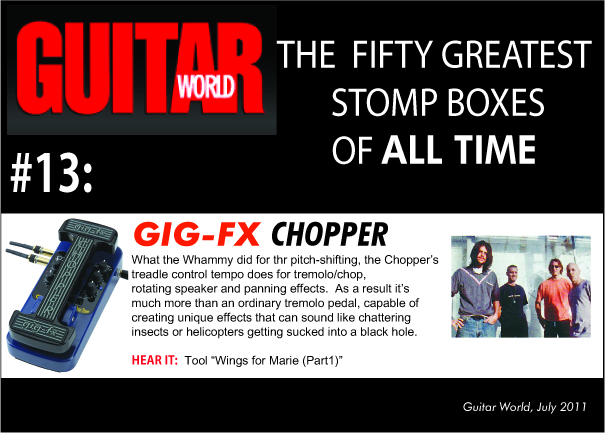
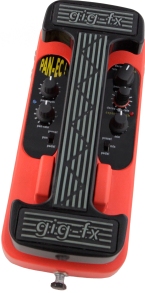

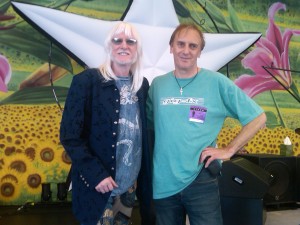 Out of the blue I got a call from the keyboard tech for Ringo Starr Tour 2010. It was Ringo’s 70th birthday coming up and a big surprise was planned for Ringo at Madison Square Garden where Paul was going to show up and sing happy birthday.
Out of the blue I got a call from the keyboard tech for Ringo Starr Tour 2010. It was Ringo’s 70th birthday coming up and a big surprise was planned for Ringo at Madison Square Garden where Paul was going to show up and sing happy birthday.



